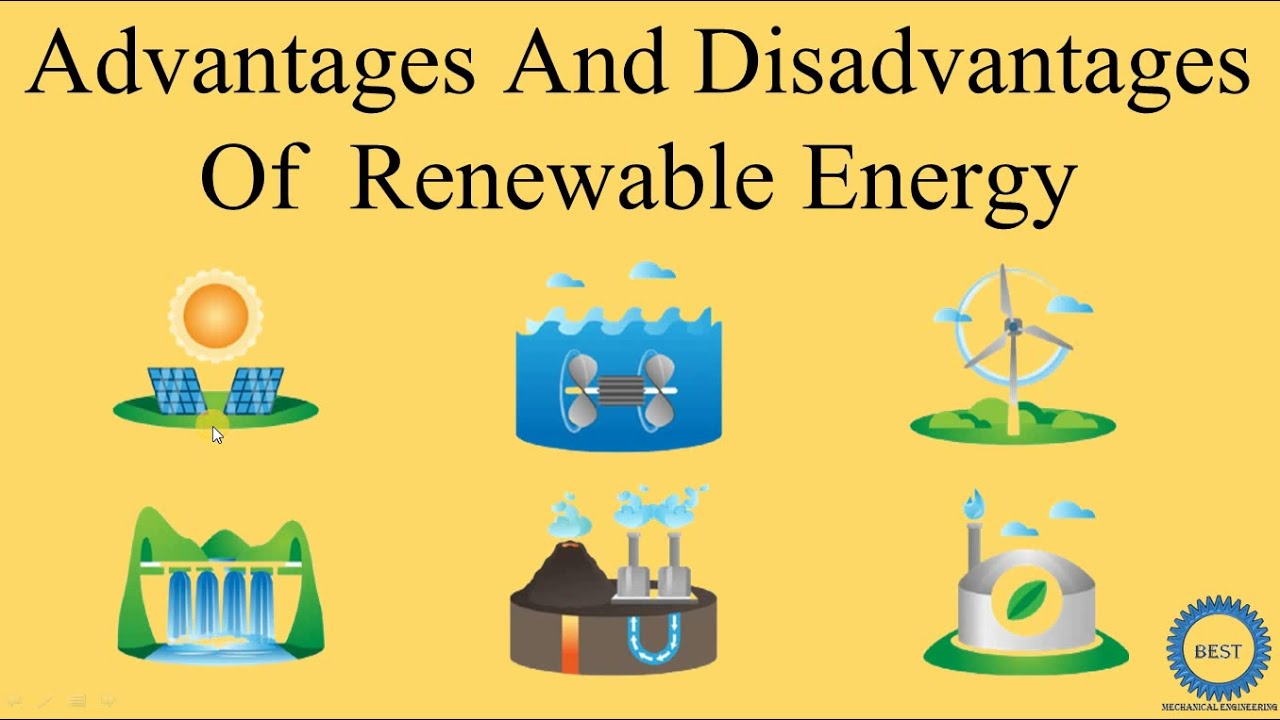
As the world grapples with the challenges of climate change and the depletion of natural resources, the shift towards renewable energy has become more critical than ever. Renewable energy sources such as solar, wind, hydro, geothermal, and biomass offer a sustainable alternative to fossil fuels. This article will delve into the 10 key advantages of renewable energy that everyone should be aware of, highlighting their significance for the environment, economy, and society.
One of the most compelling reasons to adopt renewable energy is its positive impact on the environment. Unlike fossil fuels, renewable sources produce little to no greenhouse gas emissions. Here are some specific environmental advantages:
Transitioning to renewable energy is crucial for mitigating climate change. By reducing reliance on fossil fuels, we can significantly lower carbon dioxide and other harmful emissions that contribute to global warming. This shift not only helps to protect our planet but also ensures a more stable climate for future generations.
Investing in renewable energy presents numerous economic benefits that can stimulate growth and create jobs:
The growing demand for renewable energy technologies has opened up a wealth of investment opportunities. Investors are increasingly recognizing the potential for long-term growth in this sector, driving further innovation and expansion.
Renewable energy enhances energy security by diversifying the energy supply. This diversification helps to protect against the volatility of fossil fuel markets and geopolitical tensions. Some key points include:
Distributed renewable energy systems can also enhance resilience against natural disasters. For instance, microgrids powered by solar or wind can continue to operate independently when the main grid goes down, ensuring critical services remain functional.
The renewable energy sector is at the forefront of technological innovation. As the demand for cleaner energy sources grows, so does the need for advancements in technology. This leads to:
Technological advancements in renewable energy can enhance grid stability. By incorporating smart technologies, energy providers can better manage fluctuations in supply and demand, ensuring a reliable energy flow.
The transition to renewable energy brings about several social benefits that can enhance quality of life:
Renewable energy projects often empower local communities by providing job opportunities and promoting local economic development. This can lead to increased community resilience and cohesion.
Renewable energy sources are inherently sustainable, as they are replenished naturally. This ensures a continuous supply of energy without the fear of depletion. Key points include:
Investing in renewable energy is also an issue of intergenerational equity. By prioritizing sustainable energy solutions, we are ensuring that future generations inherit a healthier planet and a stable energy supply.
As technology advances and economies of scale are achieved, the cost of renewable energy continues to decline. Some benefits of reduced energy costs include:
The growth of the renewable energy sector is leading to economies of scale, which further drives down costs. As more people adopt renewable technologies, the prices for equipment and installation continue to decrease.
The shift towards renewable energy is a crucial part of the global energy transition. This transition is vital for achieving energy goals and tackling climate change. Here are some insights:
International agreements, such as the Paris Agreement, emphasize the need for a global shift towards renewable energy to meet climate targets. This collaborative effort is essential for reducing global greenhouse gas emissions.
There is a growing public awareness and support for renewable energy initiatives. This societal shift is crucial for the widespread adoption of clean energy technologies. Some aspects include:
Public support for renewable energy is influencing policy decisions at local, national, and international levels. Governments are increasingly recognizing the importance of transitioning to sustainable energy sources and are implementing supportive policies.
The future of energy lies in renewable sources. As technology advances and the impacts of climate change become more pronounced, the importance of renewable energy will only continue to grow. Key considerations include:
In summary, the advantages of renewable energy are numerous and far-reaching. From environmental benefits and economic growth to energy security and social equity, renewable energy is key to building a sustainable future. As we face the challenges of climate change and resource depletion, the transition to renewable energy sources is not just beneficial but essential. By embracing renewable energy, we can create a healthier planet, foster economic growth, and ensure a stable energy future for generations to come.